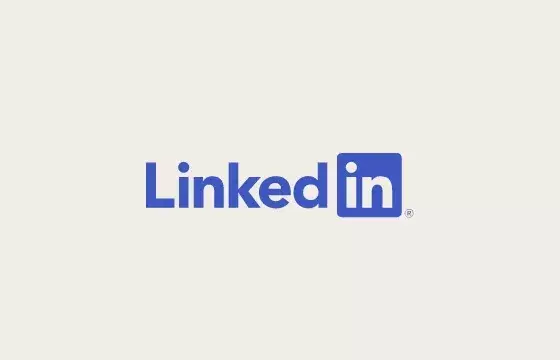The latest quarterly performance report on LinkedIn from Microsoft raises questions about the platform’s engagement statistics, presenting a tableau of growth that borders on incredulity. Recurring themes punctuate these updates, leading one to wonder if they have become a daily mantra within the corporate walls of Microsoft. The usual narrative highlights an increase in “sessions growth” and “record engagement.” However, these proclamations have reached a point of monotony, effectively creating a façade of progress while masking the underlying complexities of user engagement on LinkedIn.
Let’s delve deeper into the phrase “record engagement.” It’s become a familiar line that has graced Microsoft’s updates for nearly every quarter since 2018, with just a solitary exception. The implication that user interaction is continuously rising hints at a thriving ecosystem, yet it remains an ambiguous metric devoid of accompanying data on actual user activity. Each assertion of increasing engagement begs scrutiny, particularly from a critical lens analyzing how such figures are derived and represented.
While a rising count of “engagement sessions” may sound impressive, it elides essential details about how those sessions are defined. For instance, LinkedIn does not distinguish between different types of activities that might constitute engagement. Is it a comment on a post, a connection request, or merely a profile view? All these actions may be aggregated into one statistic that glorifies a seemingly positive trend whilst obscuring the real picture of how users truly interact with the platform.
The confusion surrounding LinkedIn’s reported member count versus actual active user numbers is particularly glaring. Microsoft enthusiastically broadcasts that LinkedIn has reached a significant milestone of one billion members, but this lofty figure does not necessarily reflect an active, engaged user base. In other social media platforms, emphasis is placed on active users rather than total sign-ups, a fundamental disparity that LinkedIn seems to conveniently overlook.
For context, let’s consider how Twitter (now X) presents its figures. If X proclaimed it has three billion members but struggled to maintain 500 million active users, the reaction would be far from complacent. Critics would rightly decry such reporting as misleading. Yet, LinkedIn operates under a different standard, raising eyebrows about why its quarterly updates are treated with leniency. With current estimates suggesting that fewer than 30% of LinkedIn’s reported European memberships represent active users, the implication is that the platform could have around 300 million active users—a figure that, while respectable for a specialized network, still falls short of the engaging narrative Microsoft spins.
LinkedIn’s attempts to innovate its platform do lean towards the sensational, as manifested in its introduction of features such as Stories and a TikTok-like video feed. These elements seem more tailored to capture virality rather than fulfill the platform’s professional ethos. The idea that LinkedIn can replicate the casual, spontaneous engagement seen on consumer-oriented platforms may lead to misguided expectations from both the company and users. The authenticity existing in professional networking clashes with the frivolity of mainstream social media trends.
Microsoft seems undeterred by the incongruity, as evidenced by LinkedIn’s reported ten percent revenue growth in the last quarter—a growth that permits the continuation of these questionable engagement metrics. The disconnect between the realities of user engagement and a seemingly buoyant financials narrative suggests a troubling lack of transparency.
Moving forward, LinkedIn’s challenge lies in presenting a more truthful and nuanced depiction of its user engagement. Defining engagement in terms of meaningful interactions rather than sheer volume of sessions could provide stakeholders with a clearer picture of the platform’s health. By refining its metrics, LinkedIn has an opportunity to not only improve itself in a competitive landscape but also foster genuine connections among its users.
While quarterly updates may herald record engagement, one must look beyond the surface. An analysis of user activity, the definition of engagement, and the stark contrast between membership and active users raises significant questions about LinkedIn’s evolving narrative. As Microsoft integrates artificial intelligence into its broader business strategy, it remains to be seen whether LinkedIn will emerge as a more robust platform, or if it will remain mired in repetitive metrics that serve to obfuscate rather than illuminate.

